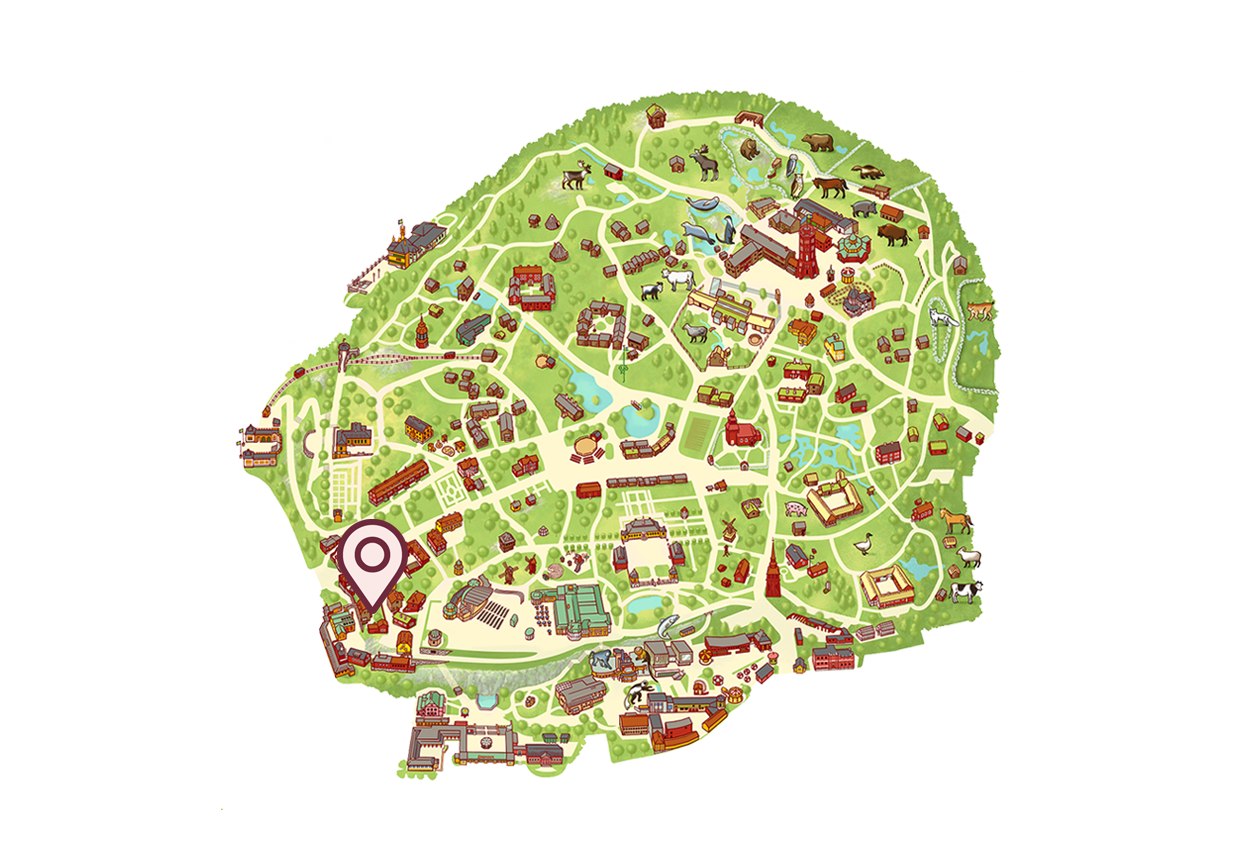Öland chicken
This robust and sociable native breed has adapted to survive in the occasionally harsh climate on Öland, one of Sweden’s largest islands. It can withstand cold weather and wind, and is good at avoiding birds of prey.
You can find the Öland chicken here
